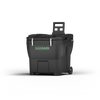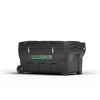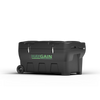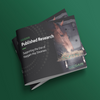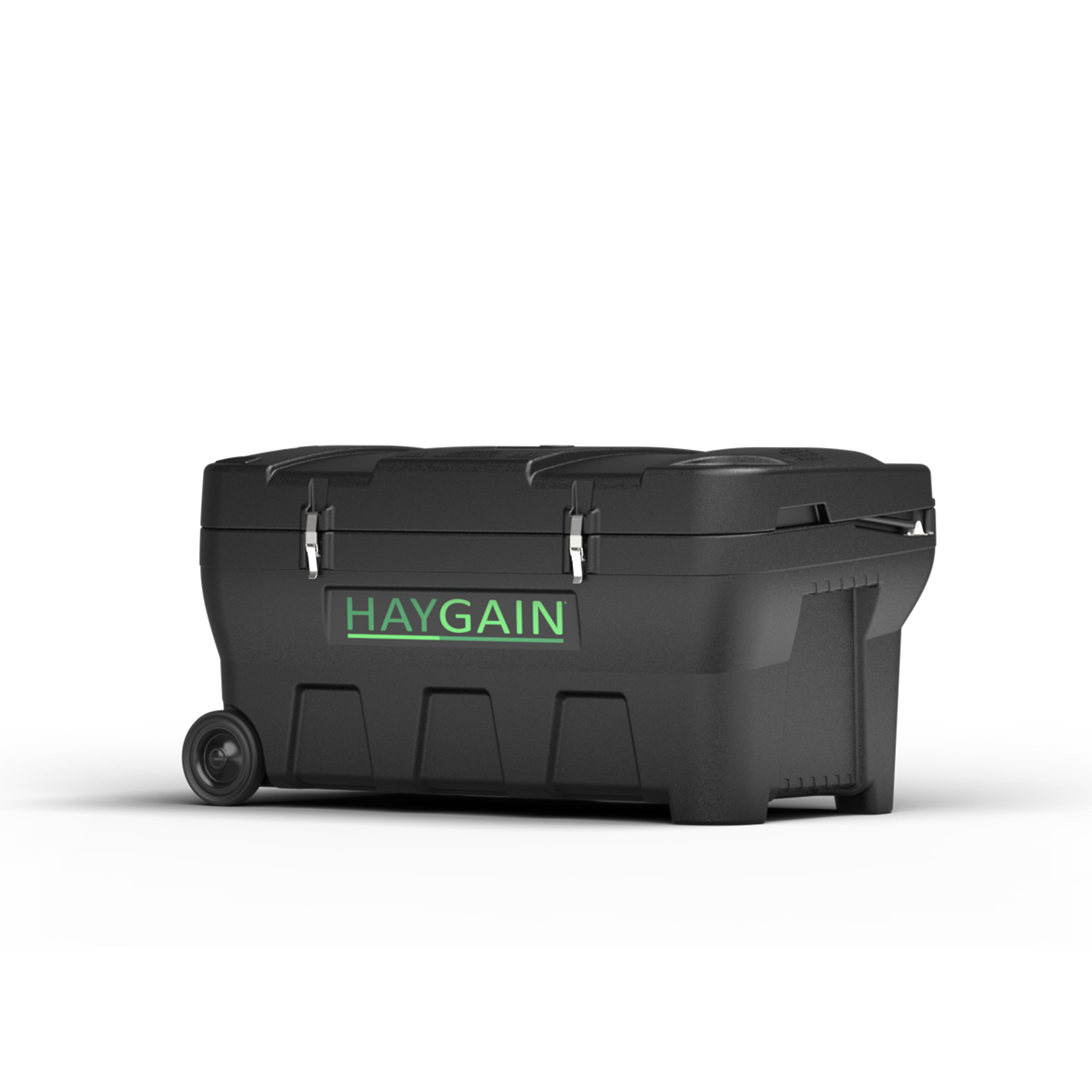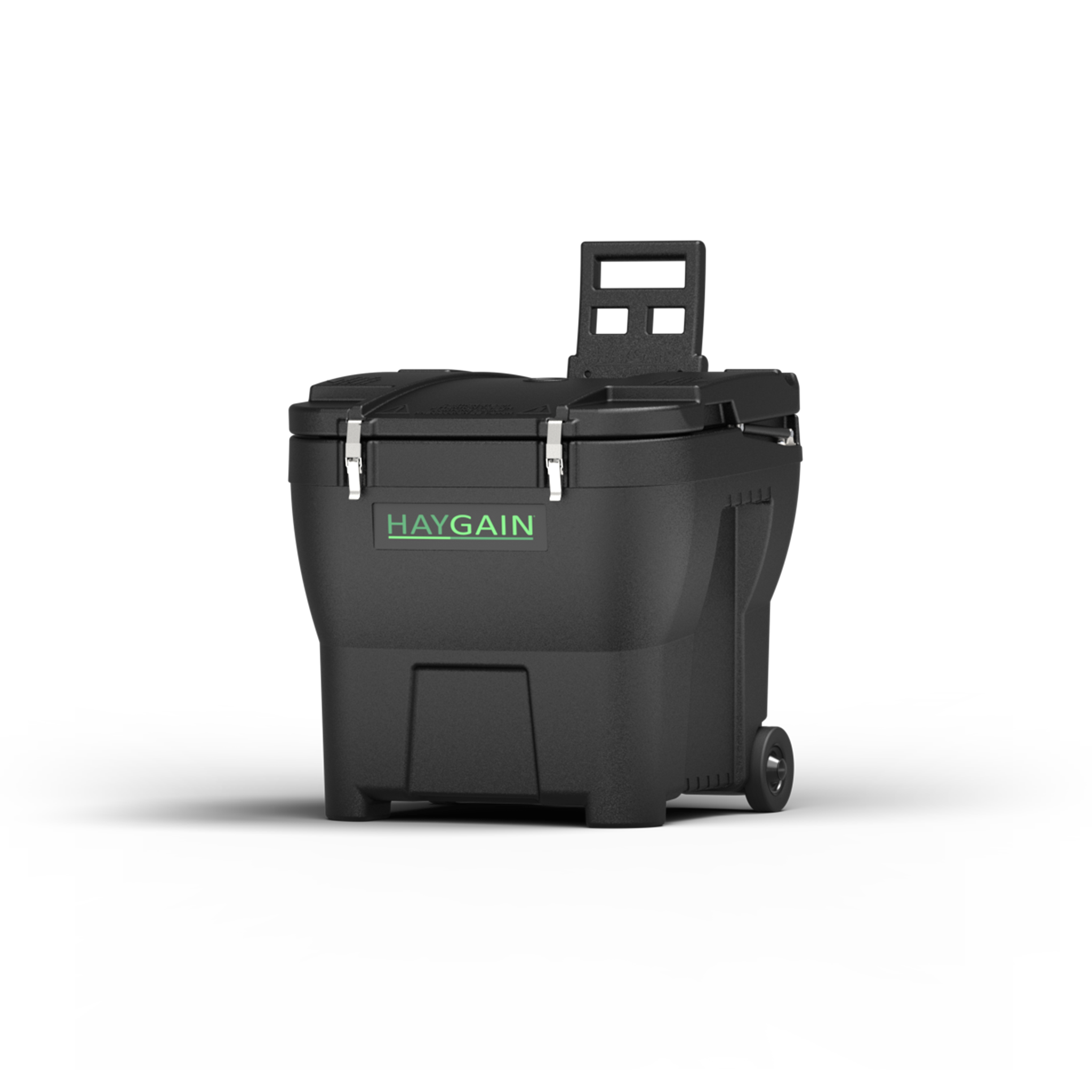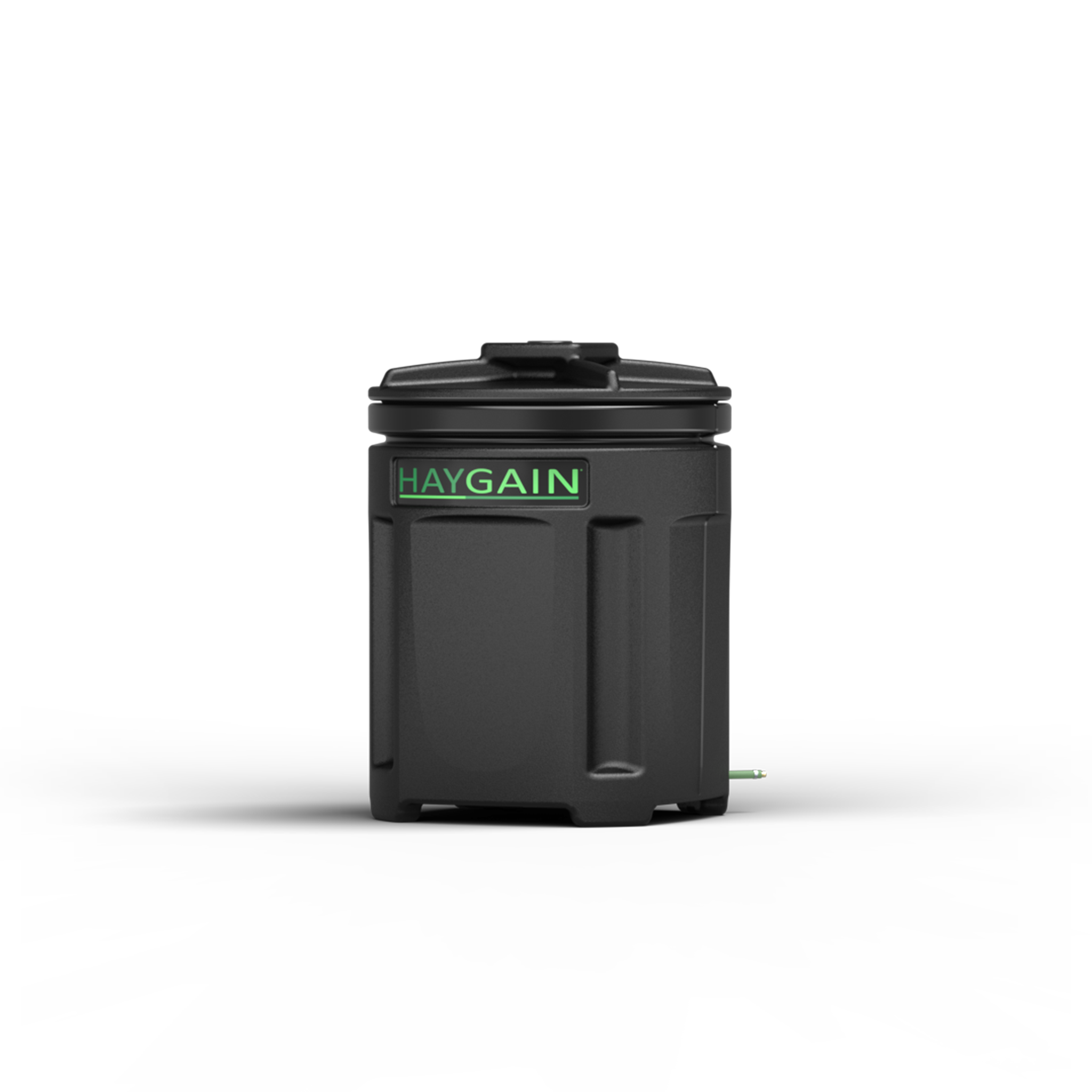Written by: Dr. Andrea Ellis
The 9th European Equine Health and Nutrition Congress was hosted by Utrecht University, The Netherlands and 246 Delegates from over 20 countries attended. Here are a few highlights of what’s being discussed and presented in the professional equine health and nutrition world:
The congress theme was “Small things”. The small things that were the foremost focus for equine health, were, of course, the microbiota as well as micro-nutrients which together form the foundation of a healthy digestive tract and a strong body. In addition, the damaging effect from tiny seeds and dust particles to the equine respiratory tract were discussed in depth.
No Bugs No Horse
Professor Véronique Julliand (Agro-Soup, Dijon) reviewed the latest knowledge on the role of microbes and nutrients in maintaining gastrointestinal health of horse. Prof. Julliand indicated that although we can clearly define various sub-groups (genera) of bacterial species according to, for example which ‘food source’ they prefer, we still do not know the individual species of 80% of bacteria in the digestive tract. Nevertheless, the balance between subgroups is highly important in keeping a good environmental balance for digestive tract health. New imaging techniques now highlight different types of bacteria and visually show the ‘population explosion’ of the ‘bad guys’ via Fluorescence from samples taken during an episode of starch overload reaching the hindgut. As part of these small things, fungi are also present in the digestive tract of the horse. Dr Joan Edwards (Wageningen University) highlighted that Fungi play an important role in breaking down fibre and this has often been overlooked. Both presenters highlighted that not only diet and dietary changes but also medication and stress during transport can have a strong impact on the intestinal microbiome, leading to ‘dysbiosis’ resulting in colic, diarrhoea, ulcers and hindgut acidosis.
The effect worming medication can have on the microbiome was highlighted by Dr Daniels (Royal Agricultural University), who showed that the faecal microbial population’s ability to ferment feed in vitro is reduced around 16 hours after a worming episode with moxidectin. The faecal samples were taken from horses before and after worming. Therefore, worming should take place following a faecal egg-count and any other environmental stress which may affect the micro-biome should be avoided at least a week prior and a week after worming. 
Dr Daniels presenting at the EEHNC, Utrecht (as one of the three best Posters Presentations) on the effect of a wormer on faecal bacterial efficiency during in vitro feed fermentation. Chair: Prof. Geert Janssen.
Faecal Matter Transplants - not just for humans
Another important topic addressed at the congress in relation to ‘small things’ was the latest research in relation to re-establishing a healthy gut microbiome in horses through a faecal matter transplant. These horses may suffer with severe colitis, diarrhoea or long-term free faecal water, which fail to respond to other treatments. 
However, if the cause of the digestive upset remains, symptoms may return after a few months. Therefore, it is important to work up the case carefully with the veterinarian and a nutritionist.
Complimentary feeding in addition to forage – needed?
Prof Moore-Colyer (Royal Agricultural University) reviewed the latest knowledge in relation to feeding concentrates and supplements or dietary aids. She concluded, that most performance horses can achieve maximum performance on all fibre diets, with the problems of energy deficit and excess solved by manipulation of the basal diet and inclusion of high-quality forages and novel fibre feeds. Supplements should only be added to the basal diet after proper nutrient analyses and review of dietary ingredients. Inclusion of energy dense feeds such as oil and cereals must conform to the recommendations of a maximum of 1g/kg BW/meal and must be accompanied by adequate fibre.
The new buzzword ‘Epi-genetics in Nutrition’ – what is it all about?
Epigenetics is the study of how environmental factors can alter our genetic programming and expression of certain genes. Indeed ‘genes’, those tiny microscopic units made up of DNA, fitted well into the topic of ‘small things’. Prof Chavatte-Palmer (Université Paris Saclay) and Dr Morgane Robles highlighted the latest knowledge and research in relation to how mares’ as well as stallions’ nutrition and environment can affect the health and development of the foal later on. This, of course makes sense, as if the maternal environment indicates that there is plenty of nutrition available, then a fast growth can be supported once the foal is born. Those foals then, have a higher insulin growth factor and may be better at coping with a diet that provides plenty of nutrients. The authors highlighted that there are critical periods during which the environment can alter genetic programming. One of these is during very early embryo development, during lactation and then puberty. Undernutrition of the mare has led to much later sexual maturity in offspring, for example. On the other hand, foals from mares that were obese throughout pregnancy, had greater systemic inflammation until 6 months of age, a decreased insulin sensitivity at 6 and 18 months and showed an increased development of osteochondrosis lesions. Therefore, a good balanced diet and avoidance of overnutrition and obesity plays a key role in the future health of horses (and humans). In early pregnancy, the body condition score of the mare should be no more than 3/5 or 6/9. At foaling, the mare should have a body condition score of 2.5-3/5 or 5-6/9.
Respiratory Disease – Prevention and Treatment
You will have heard of COPD (Chronic Obstructive Pulmory disease) which is often also called RAO (Recurrent Airway Obstruction). These were the names given to inflammatory respiratory conditions in horses. Well, nowadays, the names have changed again to be in line with the terms used in other species and we now talk about ‘Equine Asthma’ instead. The very severe versions of Equine Asthma may then lead to RAO. Dr Westermann explained the latest understanding of causes and prevention of the conditions. Although causes are not always clear, high dust concentrations containing a respirable fraction with a variety of organic and inorganic particles including fungi, moulds, endotoxin, beta-glucan, ultrafine particles, microorganisms, mite debris, vegetative material, inorganic dust and noxious gases are listed as potential pathogens. For our horses this means: good ventilation and minimising particular matter which can easily be inhaled stemming from feedstuffs or bedding material.
Minimising dust exposure is vital as a preventative management tool. 
Dr Westermann also highlighted that changes have to be made within a whole building/yard for dust-reduction to be truly effective. For horses with an allergy feeding from the ground rather than haynets is important to allow the mucociliary escalator to do its job and clear particles and mucus.
Liver Health
Finally, Prof McGorum from the University of Edinburgh discussed how nutrition is linked to the rare occurrences of liver disease. Plant toxicity (particularly the well know poisoning from ragwort), iron overload from overfeeding badly balanced supplements, mycotoxins, and hyperlipaemia have been listed as some of the recognised causes. For the general horse owner once again preventing obesity in the horse is important and weight-loss should occur slowly over time.
Grassland management is also important and to avoid hay contaminated with dried ragwort, which turns a red colour and becomes more palatable. Horses are likely to avoid the fresh plant in the field, although it is recommended to remove them with the roots while wearing gloves (as the toxin can also be absorbed through your hands).
Ragwort - a pretty flower that contains toxic alkaloids, yet it is the only foodplant for the Cinnabar moth – so it has it’s uses but not in horse fields!
References.
Chavatte-Palmer P, Tarrade A and Rousseau-Ralliard D (2016) Diet before and during Pregnancy and Offspring Health: The Importance of Animal Models and What Can Be Learned from Them. International Journal of Environmental Research. and Public Health 13 586.
Papers from the Proceedings of the 9th European Equine Health and Nutrition Congress, 2019, Utrecht, The Netherlands:
Bruce McGorum, Equine liver disease; nutritional causes and nutritional management
Daniels, S. P, J. Leng, M.J.S. Moore-Colyer, C.J. Proudman The effect of moxidectin administration on in vitro feed fermentation, faecal microbiota profile and oxidative stress markers in horses.
Joan E. Edwards, Equine anaerobic fungi: Key taxa of central importance to dietary fibre degradation
Moore-Colyer, M.J.S. , Gut health and dietary manipulation for performance horses: An overview of (new) studies regarding digestive aids available for horses
Mathijs J.P. Theelen, Nanna Lúthersson, Louise Laustsen, Joan E. Edwards, Theresa J. Kujawa, Hauke Smidt, David A. van Doorn, Free Faecal Water: What do we know and can equine faecal microbiota transplantation be used to manage this issue?
Pascale Chavatte-Palmer and Morgane Robles “Can nutrition of the mare influence the foal’s health?” Developmental programming: Can nutrition of the mare influence the foal’s health?
Pascale Chavatte-Palmer and Morgane Robles. 2019. Developmental programming: Can nutrition of the mare influence the foal’s health? In: Proceedings of the 9th European Equine Health and Nutrition Congress, pp 55-75; Utrecht, The Netherlands.
Véronique Julliand and Pauline Grimm, Equine digestive microbiota: beneficial and detrimental effects to the horse?
